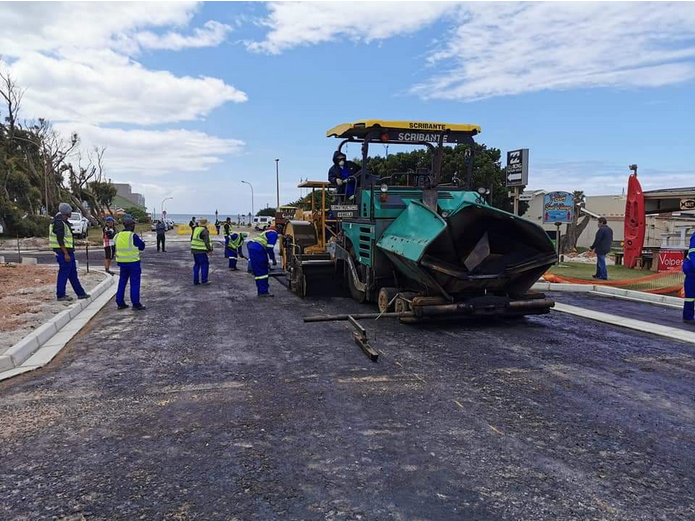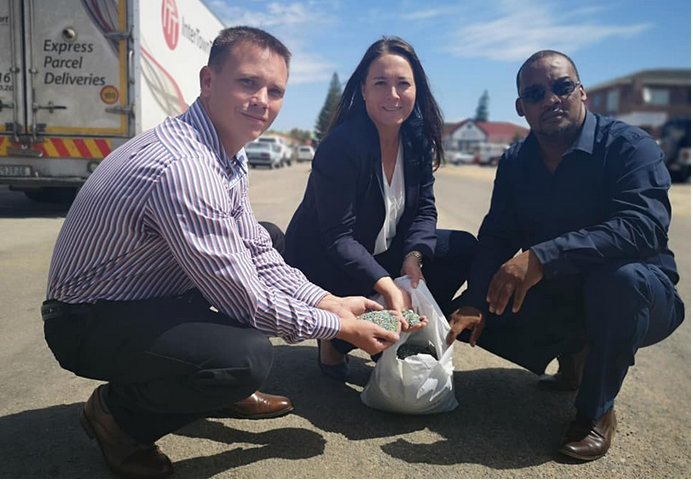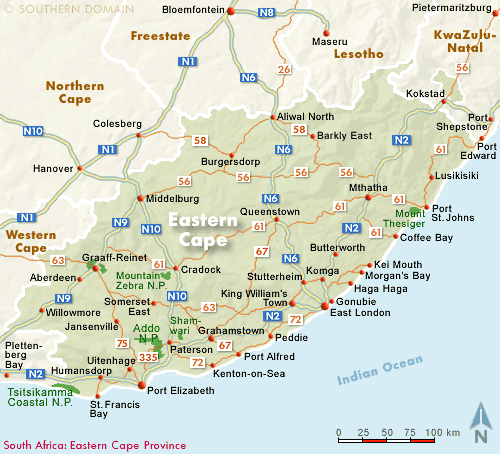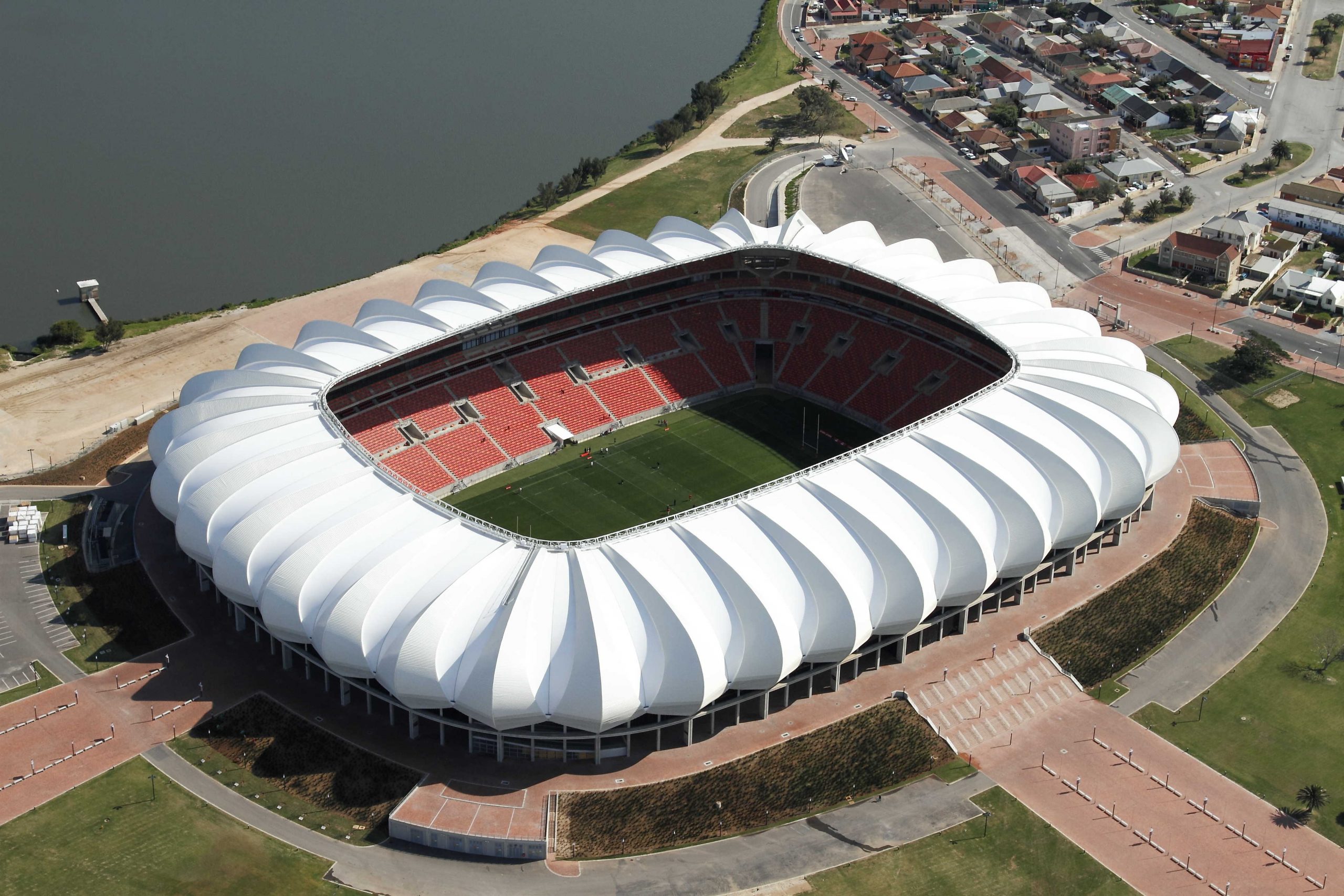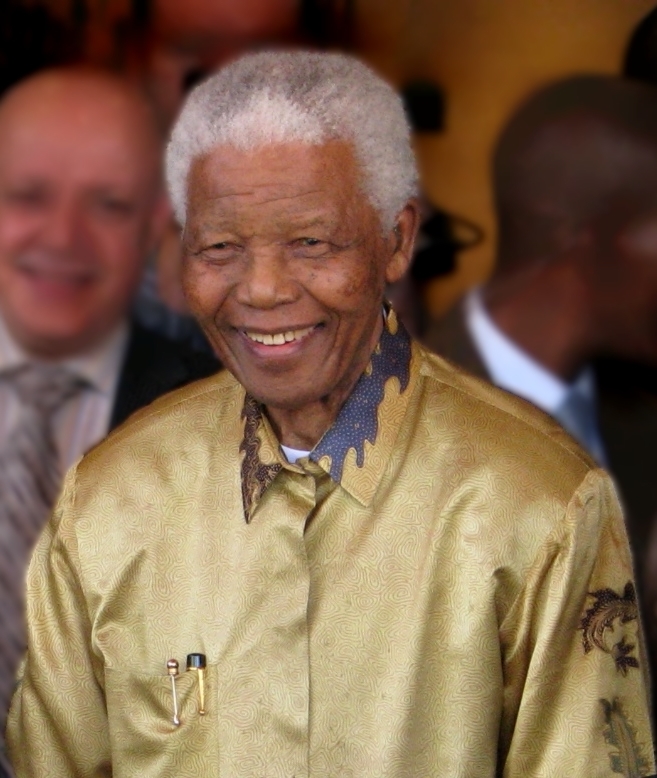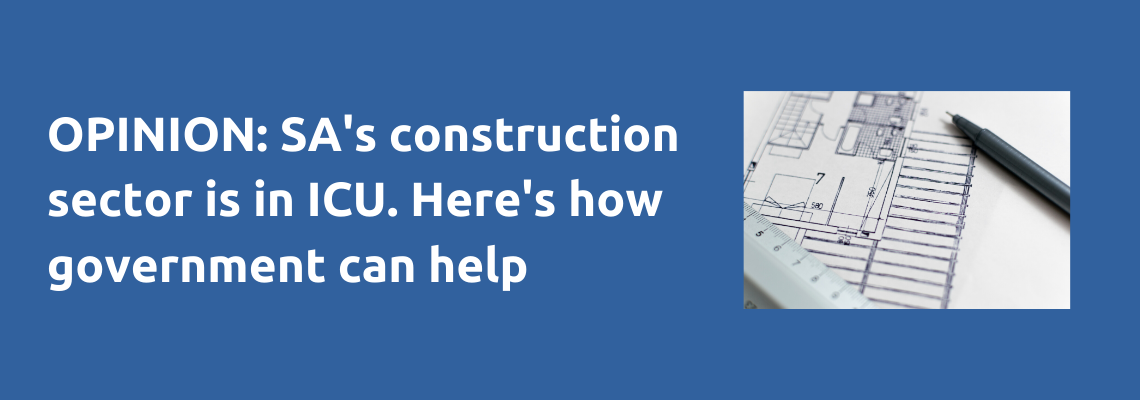
Port Elizabeth, situated in the Eastern Cape Province, this major seaport is set along the dazzling shores of Algoa Bay and is fondly referred to as the Friendly City and the Windy City.
Port Elizabeth was established in 1820 and was incorporated as a town in 1861.
Port Elizabeth is a popular international and local holiday destination and has a rich and diverse cultural heritage.
Here are 7 of Port Elizabeths most impressive buildings:
Donkin Row
Also known as the Donkin Street Houses, these restored buildings form a row of terraced houses, each lower than the one preceding it. Although built as individual units, they are remarkably well-integrated into one single unit, and erected on land that was reclaimed from a deep kloof (valley). The unique houses were built between 1860 and 1880 and are now an important landmark in Port Elizabeth, forming part of the Donkin Heritage Trail. Their pretty Victorian and Georgian features are much admired and photographed by visitors to the city.
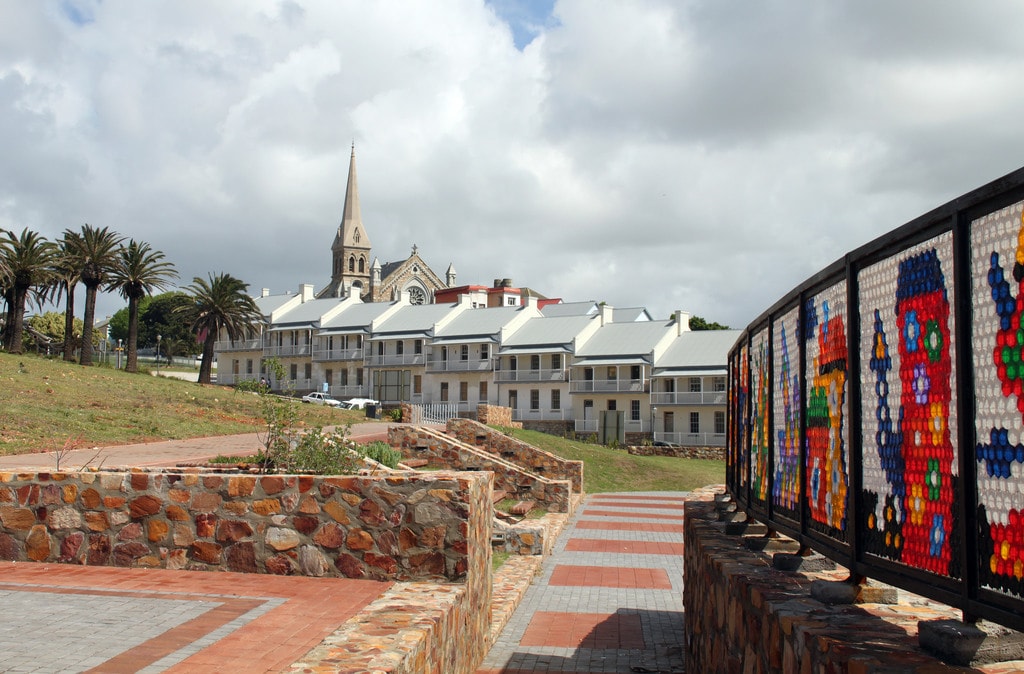
The Campanile
This prominent structure was recently given a face lift but was built between 1921 and 1923 to commemorate the arrival of the 1820 settlers. Standing at just over 50 metres (164 feet) in height, the Italian-styled brick tower boasts a 204-step spiral staircase that leads to a viewing platform. Those who don’t think they will manage the steps, can take the easy way up in the lift. The Campanile also contains the largest carillon of bells in the country, that collectively weigh some 17 tonnes, in addition to its chiming clock.
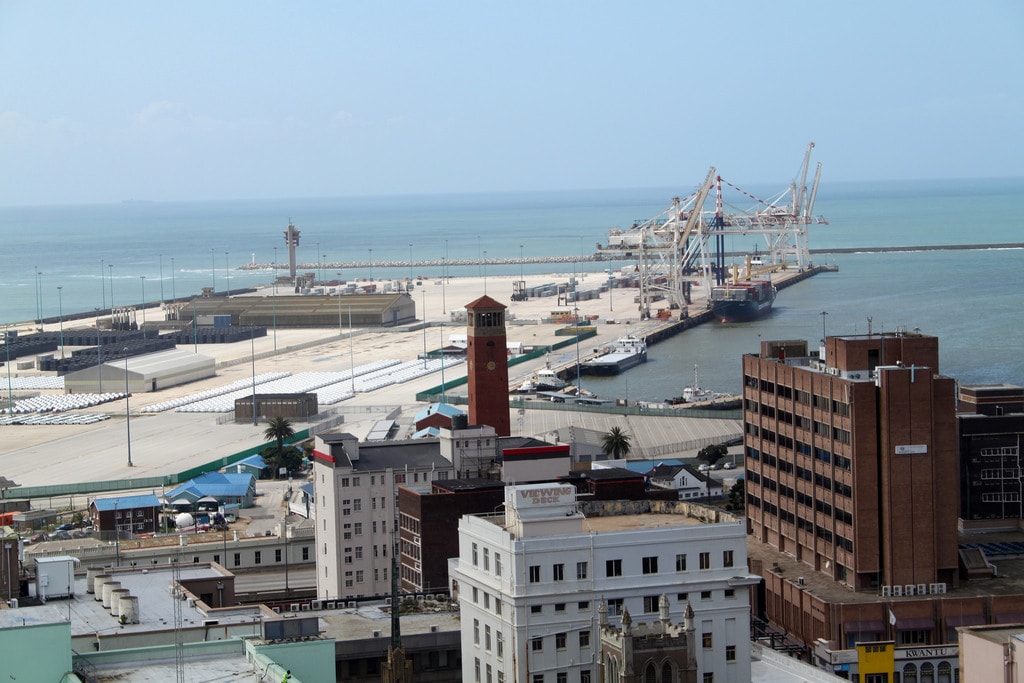
Port Elizabeth Public Library
This grand old building was built by architect Henry Cheers of Twickenham, England and is an excellent example of Victorian Gothic Revival architecture. It is the only historic building in South Africa built as a public library that is still used for its initial purpose, and visitors can explore its hushed, book-lined interior at their leisure. The main interior space, the Savage Memorial Hall, features a superb, domed rooflight, stained glass windows, and two levels of narrow galleries running around it.

Nelson Mandela Bay Stadium
Initially built to host soccer games during the 2010 FIFA World Cup, the state-of-the-art Nelson Mandela Bay Stadium is one of the largest and most easily recognisable landmarks in Port Elizabeth. The five-tier structure lies on the shores of the North End Lake in the centre of the city and offers panoramic views of both the North End Lake and the ocean. The design of the stadium was based on the shape of a flower, with petal-like panels making up the open roof.
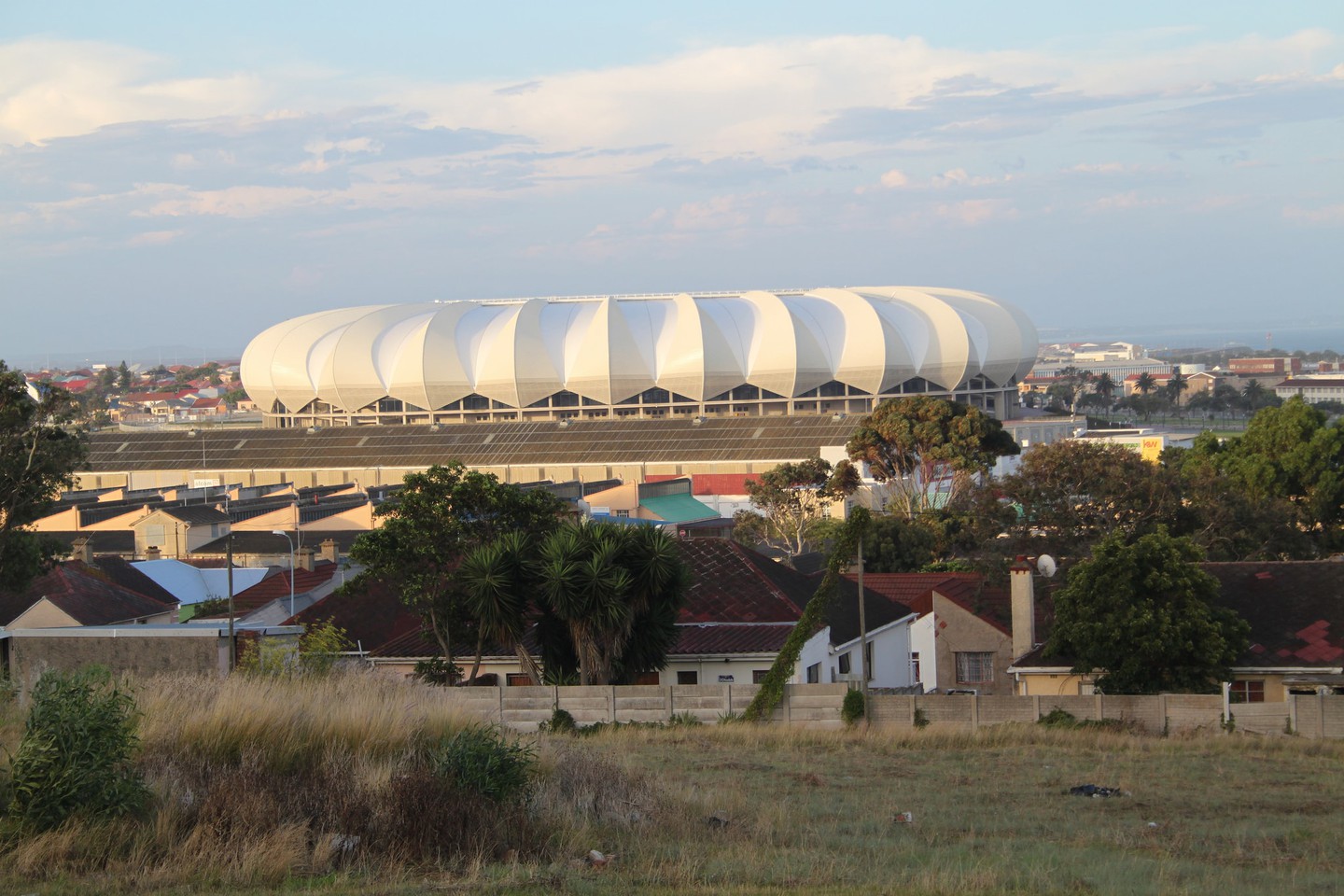
Port Elizabeth Opera House
The Port Elizabeth Opera house is the only surviving example of a Victorian theatre in South Africa and is still to this day the main venue for dramatic productions in the city. It also holds the title of oldest theatre in the entire Southern Hemisphere, making its architectural style unique and of great historical importance. The Opera House has seen many famous South African artists past through it and is also shrouded in ghostly stories, as it is built on the site of old gallows where public hangings took place in years gone by.
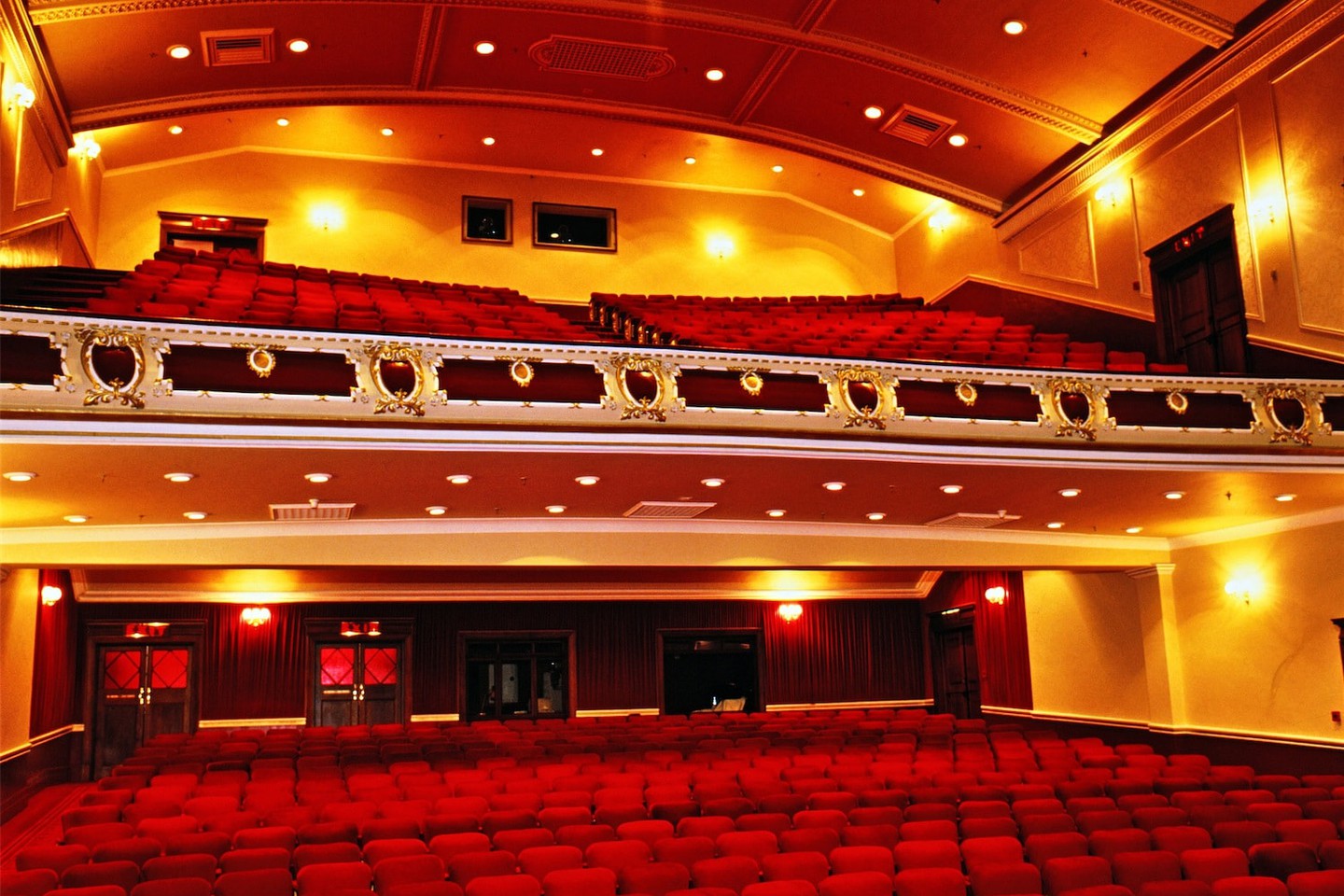
The Port Elizabeth Railway Station
The Port Elizabeth Railway Station is located in the historical central district of the city, close to the harbour. It was built in 1875 and designed by James Bisset, the resident engineer for the harbour and other public works. In 1893, a cast iron roof was added to the main concourse and the Victorian station received a complete refurbishment in 1985. The original design comprises a double-storeyed building with three arched doorways that led to the booking office and, beyond that, to the platforms. Except for some internal alterations, the external architectural features of the buildings haven’t changed much since the turn of the century.
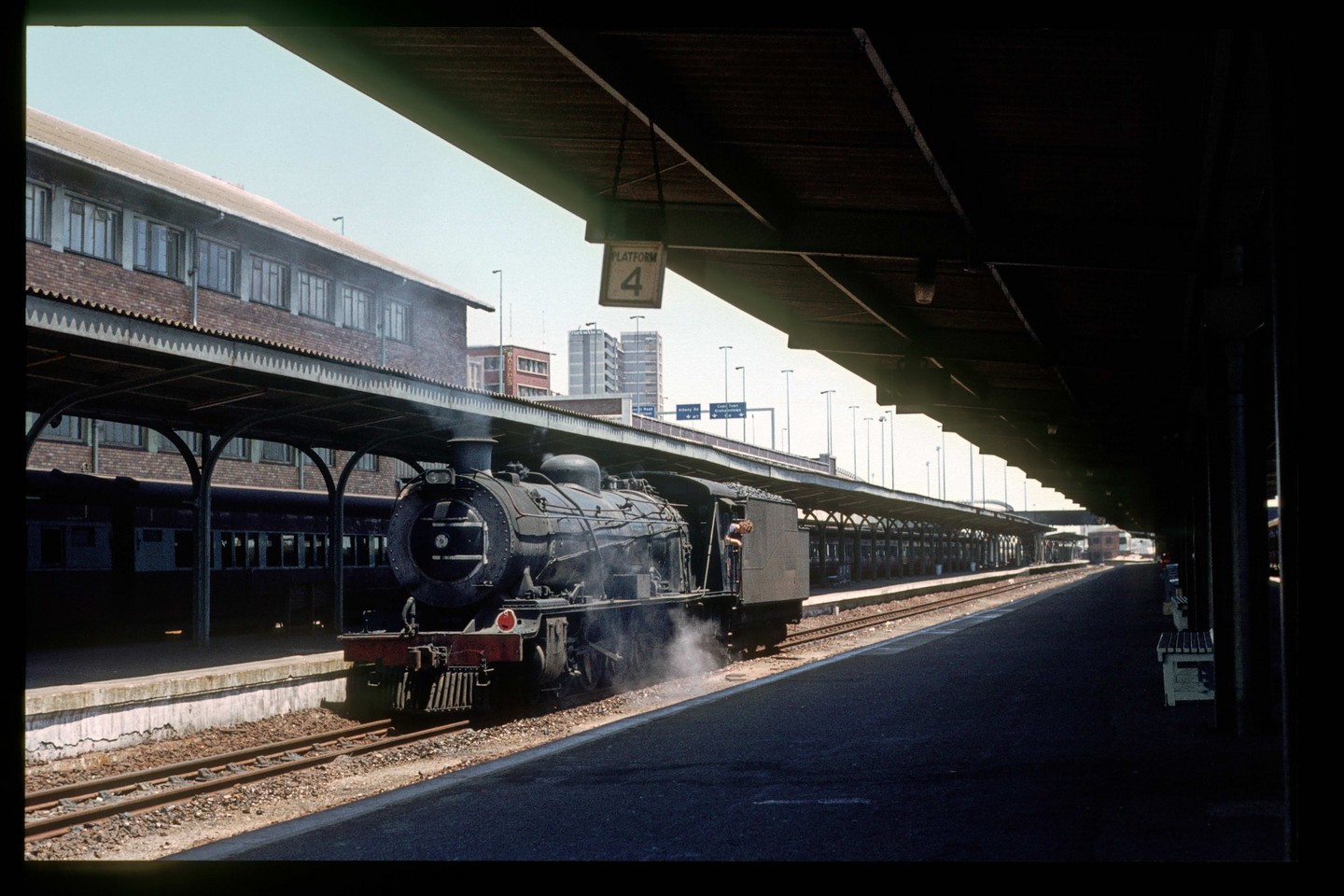
Pier Street Mosque
The Masjid-ul-Aziz Mosque, commonly known as the Pier Street Mosque, is a landmark that all Port Elizabeth residents are familiar with, as it stands out brightly in all its green glory, adjacent to the busy Settlers Freeway. The mosque was officially opened in July, 1901 and was almost destroyed during the days of Apartheid when the Group Areas Act was declared. Fortunately, the matter was taken to the United Nations, where Islamic countries prevented its destruction and the historic mosque remains in daily use as a place of worship by the Muslim community.
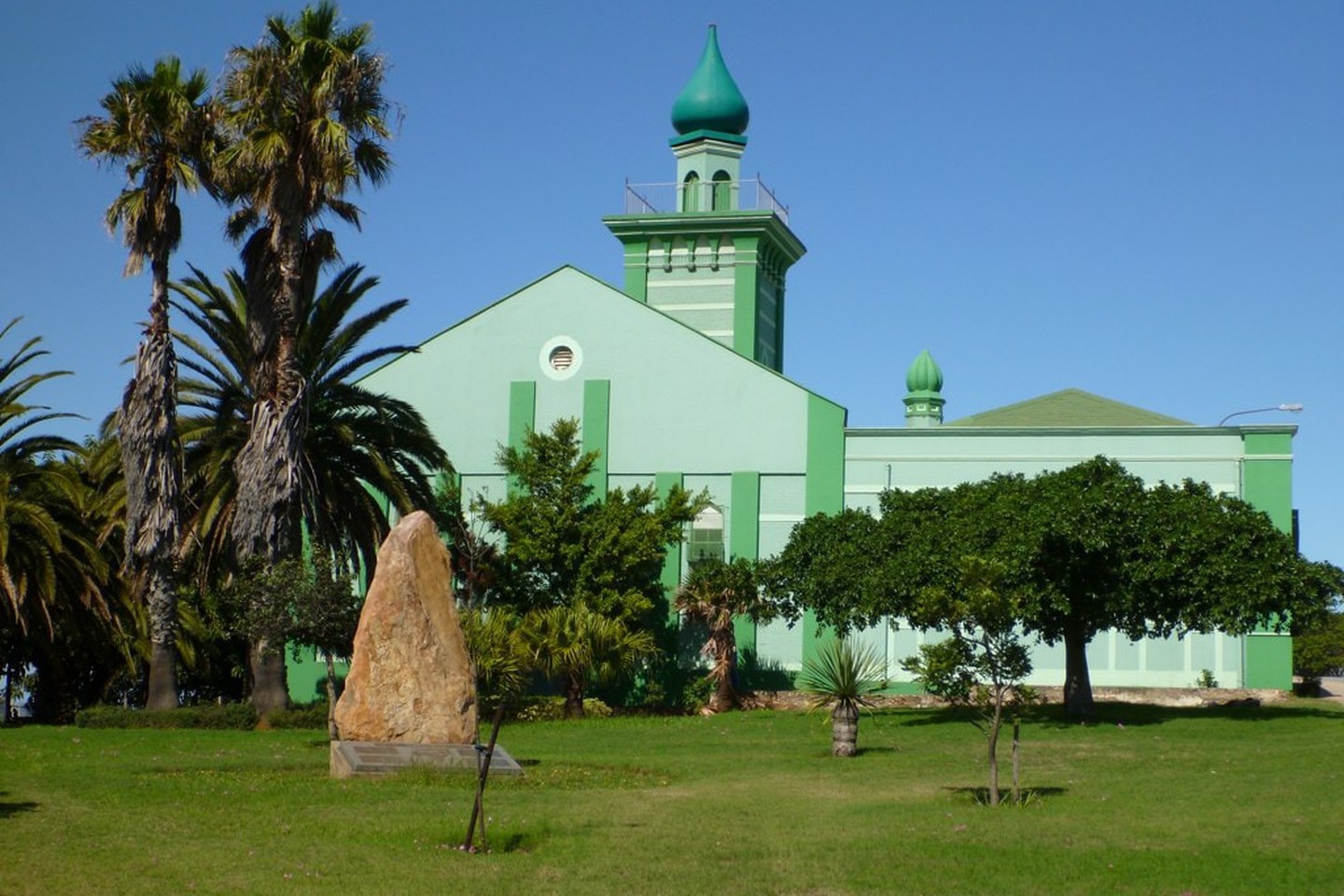
To view more Articles, please visit our Leads 2 Business Blog.
If you are interested in becoming one of our subscribers, please visit Leads 2 Business.
To view notes with screenshots on how to use our website, please visit Leads 2 Business Wiki.
About Lola Govender
My name is Lola Govender. I have been working at L2B for 14 years and am very passionate about our business.



